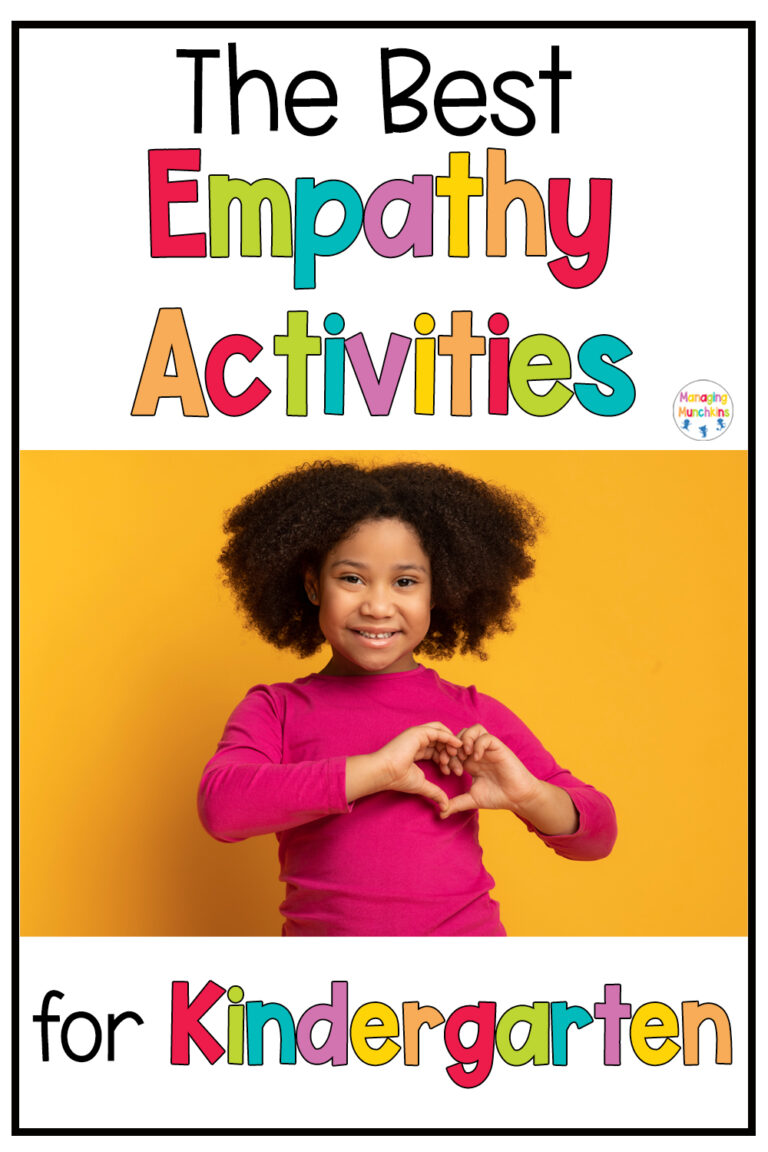Everything You Need to Know on Teaching About Feelings
Hey there, teacher friend! Have you ever wondered what’s the best way to go about teaching your students about feelings and emotions? Do you have a class that struggles with social emotional skills? In recent years, we’ve seen a significant rise in students struggling to express themselves emotionally and as a result, they act out behaviorally. In this post, we’ll cover everything you need to know to make sure your kiddos are emotionally literate and able to express themselves in a healthy way.
Everything You Need to Know on Teaching Feelings

Start with the basics
Before diving into the more complex emotions, we have to start with the basics. You’ll want to teach your students about the simple emotions, such as happy, sad, angry, and scared. You can use pictures, videos, or even puppets to help your students understand and identify these emotions.
Model expressing emotions
It’s important to model expressing emotions for your students. Show them your happy face and ask students to show you their happy face. Talk about what they notice a happy face looks like (e.g., smiling, laughing, etc). You’ll also want to talk about how your body feels physically when you feel different emotions. For example, saying “Sometimes when I feel angry, I feel my body get tight (show students your body tensing up) and my hands make fists because I’m so mad. Ask students to share what they feel in their bodies when they feel different emotions. Have them do this for all the basic emotions.
Share the “why” behind the emotion
It’s important that kiddos are able to identify why they are feeling what they are feeling as well as what triggered that emotion. Demonstrate this for them by saying something like, “I’m feeling happy because the sun is shining today!” or “I’m feeling frustrated because I couldn’t find my keys this morning.” Encourage your students to do the same when sharing their emotions. Sometimes students won’t be able to verbalize why they are feeling what they are feeling, and that’s ok too. We just want them to begin to identify what triggers different emotional responses.

Use stories
Read alouds are a great tool for teaching about emotions. Choose books that explore different emotions and discuss them with your students. Ask questions like, “How do you think the character is feeling?” or “What do you notice about the characters face and how does that help us know what they’re feeling?” or “Have you ever felt this way?” This will begin to help your students learn to identify emotions in themselves and in others (which will help them learn empathy)!
Create a feelings chart
Another way to help students learn their emotions is by using a visual feelings chart with different emotions. Create a chart with pictures of different emotions, and encourage your students to add their name to the one that represents how they’re feeling that day. You could do this every morning at the start of school and make it a part of your morning routine. You can also encourage students to change their emotions throughout the day as they notice them changing.
You’ll want to take note of what feelings your students choose and then have some deeper conversations about their answers. For example, if you have a student that places their name under sad, you can call them over and have a one-on-one conversation with them. Be curious. Say to them “I noticed you put sad on the feelings chart today, what is that like for you? How does that make your body feel? How does that make your heart feel?” You can also gently ask if there is something that brought on their sadness today, to learn more about what is going on.

Play emotion games
Turning feelings into games makes it easier for student to be able to identify their abstract emotions. It also makes it easier for them to address the bigger feelings they have. You can play emotion charades or emotions memory game where the students match the emotion with the picture or the word. There are a ton of different emotion games that you can use in your classroom!
Practice healthy expression and problem solving
Help your students learn how to share their emotions in a healthy way by encouraging them to think about how they can solve situations that may trigger negative emotions. For example, if a student is feeling angry because another student took their toy, encourage them to find a solution that doesn’t involve hitting or yelling. Talk through different strategies with them, such as taking deep breaths or asking for help from a teacher.
Final Thoughts on Teaching Feelings
Teaching feelings to kindergarten students may seem like a daunting task, but with these tips, you’ll be well on your way to helping your students become emotionally literate. Remember to keep it fun and engaging, and your kiddos will be emotional experts in no time!

Want more ideas on how to teaching
feelings to students?
Looking for ways to include more social emotional learning in your classroom? Check out my post “What is Social Emotional Learning: Why it Matters“





